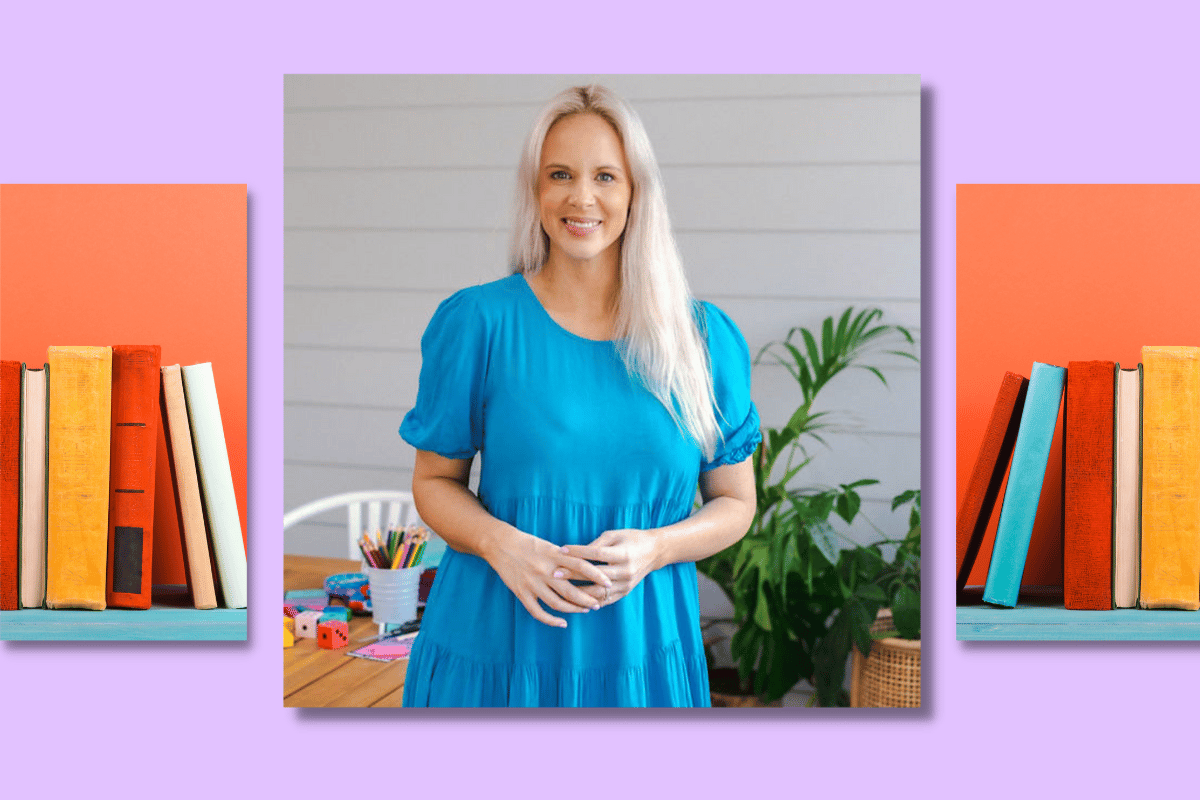
For decades, we’ve been teaching kids to read using outdated and ineffective methods.
Many people are shocked to hear this, especially since most kids finish school knowing how to read, right? Sure. But that doesn’t mean their pathway was as straightforward as it could have been. And sadly, many get left behind in the early years – their confidence suffering for years to come.
But, it doesn’t have to be this way.
It has been well established by cognitive scientists and educational researchers the world over that the most effective way to teach reading is through explicit, systematic phonics instruction.
Yet, many educators weren’t informed about this research in their teacher training. In fact, they were taught methods which directly contradict the research.
Watch: A thank you to teachers everywhere. Post continues below.
Why? Predominantly because of publishing companies (and authors) who stood to profit from encouraging old, outdated practices. And as a result, millions of children around the world have been taught using incorrect methodologies.
These methods involve an approach to reading instruction known as ‘balanced literacy’, which focuses on exposure to rich texts and instilling a love of reading, rather than explicit instruction of letter sounds in words. Under this approach, early reading materials might, for example, encourage children to guess words using pictures or context clues.


Top Comments